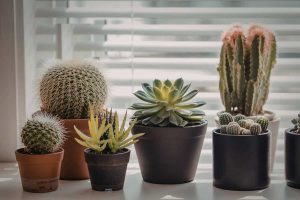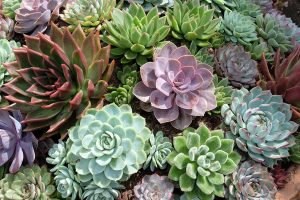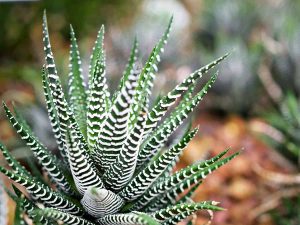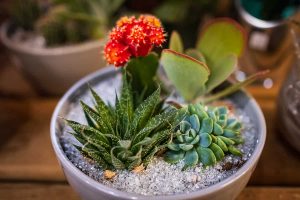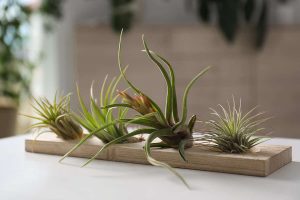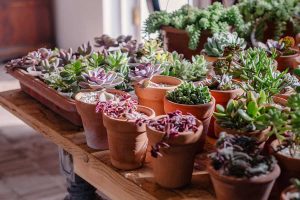Imagine walking into your room and seeing your aloe plant soaking up the sun on the window. Its big, green leaves not only look nice but are also great for helping with cuts or burns. Aloe plants are super easy to look after and are perfect for people who are just starting to grow plants. But, to make sure your aloe stays happy and healthy, there are a few simple things you need to know about taking care of it.
| Common Name | Aloe Vera |
| Botanical Name | Aloe barbadensis miller |
| Family | Asphodelaceae |
| History & Origin | Originates from the Arabian Peninsula |
| Plant Type | Succulent perennial |
| Mature Size | Up to 2 feet in height and width |
| Sun Exposure | Bright, indirect sunlight or artificial light |
| Soil Type | Well-draining, sandy or a cactus potting mix |
| Soil pH | Slightly acidic to neutral (pH 6.0-8.5) |
| Temperature | Prefers 55-80°F (13-27°C), not frost-hardy |
| Watering | Deeply but infrequently, allow soil to dry out |
| Fertilizing | Half-strength succulent fertilizer every 3 months |
| Bloom Time | Summer, though rare in indoor conditions |
| Flower Color | Yellow, orange, or red spikes |
| Hardiness Zone | USDA 9-11, typically grown indoors elsewhere |
| Toxicity | Toxic to pets and humans if ingested |
| Common Problems | Root rot from overwatering, fungal diseases |
Table of Contents
- Growing & Care Tips
- Propagation
- Aloe Plant Uses
- Troubleshooting Common Issues
- Harvesting Aloe Vera Gel
- Frequently Asked Questions
- How should an aloe vera plant be cared for indoors?
- What are the known benefits of having an aloe vera plant at home?
- How can you identify and address a sick aloe plant?
- What precautions should be taken when using aloe for its medicinal properties?
- Is it possible to grow an aloe vera plant outdoors, and if so, under what conditions?
Growing & Care Tips
To ensure your aloe plant thrives, you need to provide the right environment. Key factors include sunlight, temperature, water, and soil.
Sunlight
Your aloe plant needs plenty of sunlight. It thrives best in bright, indirect sunlight. Direct sun can sometimes be too intense and cause the leaves to brown, so aim for a balance.
Temperature and Climate
The best temperature range for your aloe is between 55 and 80°F (13 and 27°C). Aloe plants prefer a warm climate and don’t tolerate frost well. Keep them indoors during cold months if you live in a chilly climate.
Watering
Aloe plants require less water than most. Let the soil dry at least 1 to 2 inches deep between watering. Overwatering can lead to root rot, so it’s crucial to maintain a light hand.
Soil and Potting Mix
Use a well-draining potting mix. A mixture designed for cacti and succulents works well for aloe plants. Ensure the pot has drainage holes to prevent water accumulation.
Fertilizing
Fertilize sparingly. During the spring and summer, you can feed your aloe with a half-strength fertilizer every month or two. Avoid over-fertilizing, which can harm the plant.
Potting and Repotting
Your aloe will need a new pot when you notice it’s outgrowing its current one. Choose a pot that’s slightly larger than the root ball and ensure it has proper drainage holes. Use a mix that’s specific for cacti and succulents, which helps prevent waterlogging. When repotting, gently tease the roots and place the plant in the new pot, filling around it with soil. Water thoroughly and place in a sunny location.
Pruning and Trimming
Regular pruning keeps your aloe plant tidy and directs energy to new growth. Remove dead or damaged leaves by cutting them at the base. This allows your plant to thrive and can prevent issues like rot.
Propagation
Propagating Aloe From Offsets
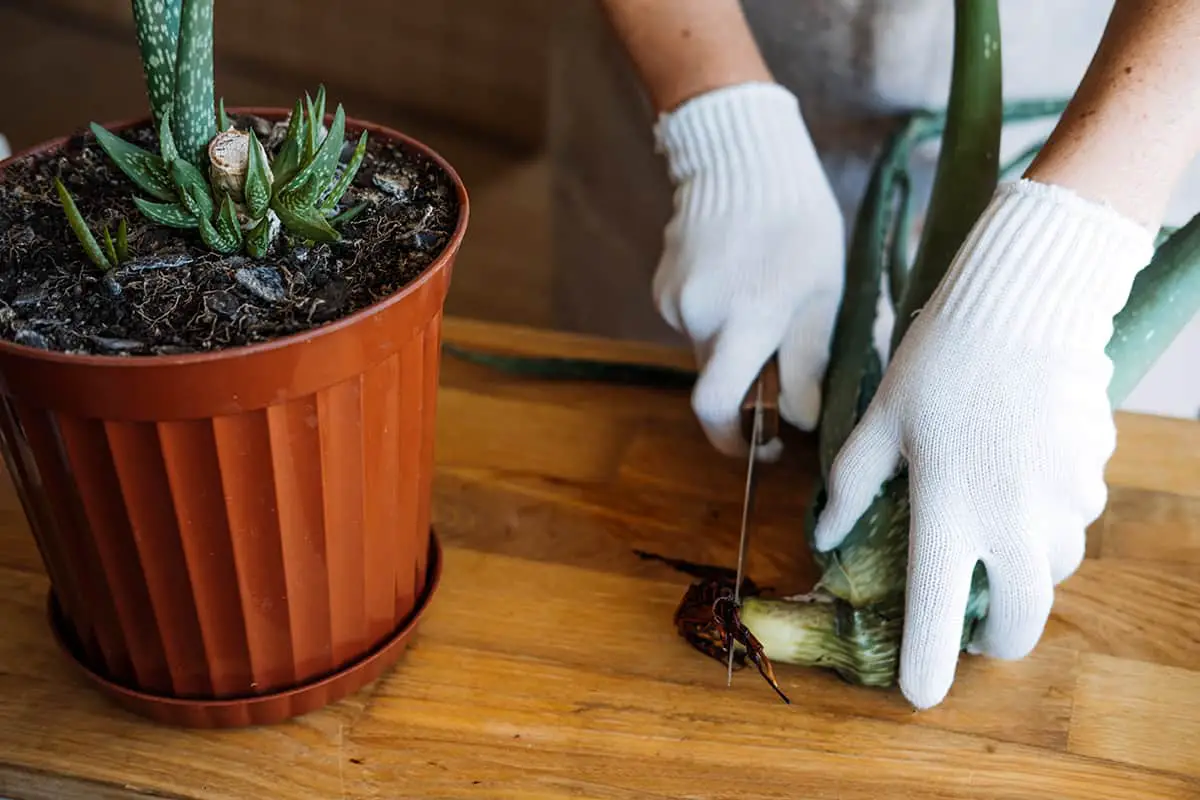 Aloe plants often produce offsets, which are small clones of the parent plant. These are commonly referred to as “pups.” To propagate, wait until the pup is a few inches tall and has several leaves. Carefully separate it from the main plant using a sterilized knife, ensuring it has some roots attached. Allow the pup to form a callus by letting it sit for a couple of days before planting in well-draining soil.
Aloe plants often produce offsets, which are small clones of the parent plant. These are commonly referred to as “pups.” To propagate, wait until the pup is a few inches tall and has several leaves. Carefully separate it from the main plant using a sterilized knife, ensuring it has some roots attached. Allow the pup to form a callus by letting it sit for a couple of days before planting in well-draining soil.
Seed Germination
Growing aloe from seed requires patience. Sow your aloe seeds in a mixture of sand and potting soil. This mix should be kept moist and warm, around 75°F, to encourage germination. Cover the container with a plastic wrap or a clear lid to maintain humidity, and provide bright, indirect light. It may take weeks or even months for aloe seeds to sprout, so consistency in care is crucial.
Aloe Plant Uses
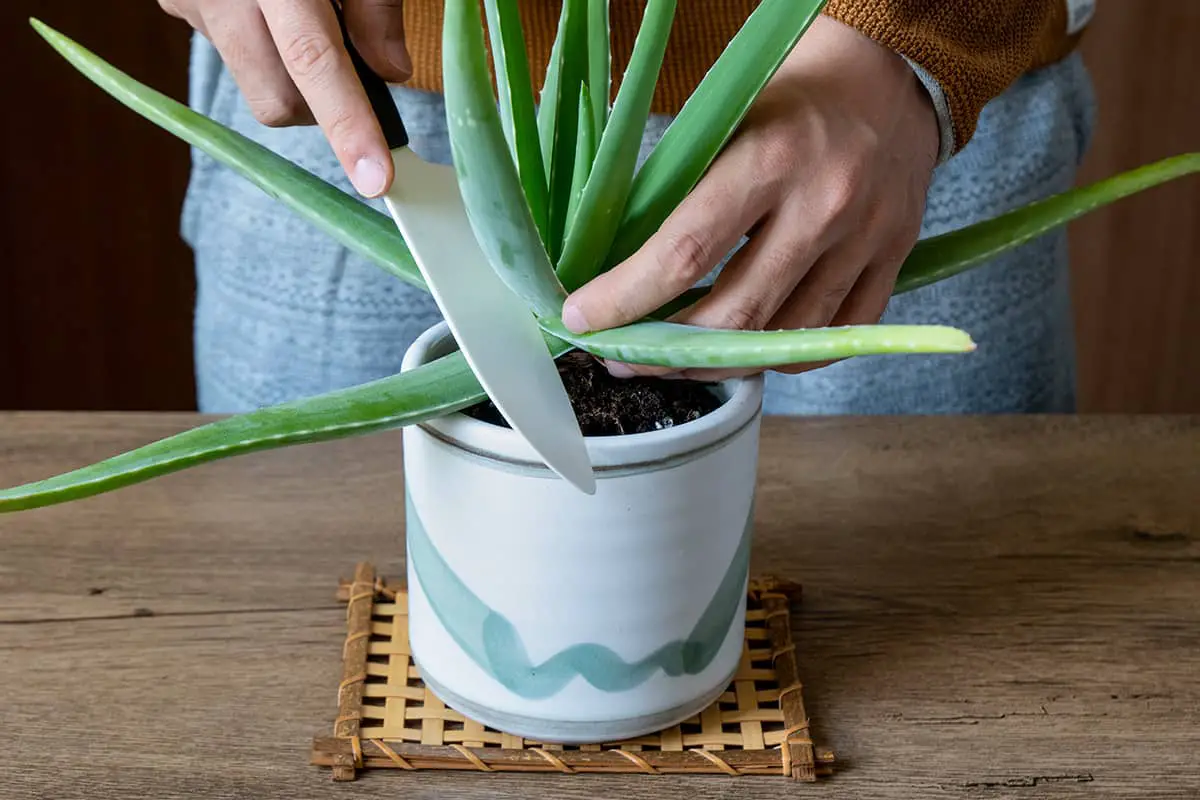 Aloe plants are not only easy to care for but also offer various benefits. These plants provide medicinal applications and serve as attractive decorative elements in your home.
Aloe plants are not only easy to care for but also offer various benefits. These plants provide medicinal applications and serve as attractive decorative elements in your home.
Medicinal Benefits
Aloe vera is widely acknowledged for its skin healing properties. When applied topically, the gel from its leaves soothes sunburns and minor burns, offering relief. Due to its anti-inflammatory and antibacterial qualities, the gel also aids in acne treatment by reducing skin irritation and redness.
Aesthetic and Decorative Uses
Beyond health, aloe plants enhance your living space with their structured, green elegance. Easily grown on sunny windowsills, they add a touch of nature indoors. With various species like the tiger aloe, you can choose one that complements your home’s design.
Troubleshooting Common Issues
Aloe plants are hardy, but they can encounter some problems. Your aloe plant’s health hinges on recognizing and addressing these issues promptly.
Overwatering and Underwatering
Overwatering is one of the leading causes of aloe plant death. Leaves may become soft and yellow, which indicates root rot. Make sure your aloe is in a well-draining pot and that you only water it when the soil is completely dry. For underwatering, the leaves will shrink and wrinkle. Water your aloe thoroughly, but infrequently, to resolve this.
Sunburn and Insufficient Light
Aloes can get sunburned if suddenly moved to direct sunlight; brown spots on the leaves are a sign. Gradually acclimate your plant to brighter conditions if you’re moving it. Conversely, insufficient light will cause leggy growth and a pale color. Provide bright, indirect light for optimal health. If you’re unsure about your plant’s light needs, increasing sunlight gradually can prevent shock and damage.
Frost Damage and Heat Stress
Your aloe can also fall victim to frost damage if temperatures drop too low. Symptoms include soft, mushy leaves that darken in color. Protect your plant by keeping it indoors during cold spells. For heat stress, which can occur at sustained high temperatures, ensure your aloe has enough ventilation and light shading. An aloe can withstand warm conditions, but not extended periods of extreme heat.
Disease Prevention and Management
Aloe plants can succumb to diseases, especially fungal infections. Ensure proper air circulation and avoid overwatering. Keep the soil dry between waterings and always use well-draining pots. If you notice any disease, isolate the plant and remove affected areas.
Harvesting Aloe Vera Gel
 Harvesting aloe vera gel correctly ensures you get the maximum benefits. You need the right technique and storage tips to preserve its healing properties.
Harvesting aloe vera gel correctly ensures you get the maximum benefits. You need the right technique and storage tips to preserve its healing properties.
Safe Harvesting Methods
When you want to harvest gel from your aloe plant, select thick, plump leaves from the outer sections. Cut them close to the base without harming the central stalk. Riverside County Master Gardeners suggest that gloves aren’t necessary, but use them if you prefer. Use a clean, sharp knife for a clean cut. This prevents damage to the plant and keeps it healthy for future growth.
Processing and Storing Aloe Gel
Once you’ve cut a leaf, wash it, and then slice it open lengthwise. Use a spoon to gently scoop out the clear gel. For storing, Washington College notes that aloe gel can be kept fresh in an airtight container in the refrigerator. You may also freeze the gel in ice cube trays for long-term use. Make sure you only process as much gel as you can use or store to maintain its quality.
Frequently Asked Questions
How should an aloe vera plant be cared for indoors?
Indoor aloe vera plants need infrequent watering—wait until the soil is completely dry. Ensure the pot has proper drainage to prevent water buildup, which can cause rot.
What are the known benefits of having an aloe vera plant at home?
Having an aloe vera plant offers a quick remedy for minor burns and skin irritation. The plant’s gel has cooling properties that aid in soothing the skin.
How can you identify and address a sick aloe plant?
A sick aloe may have discolored or limp leaves. To address this, adjust your watering schedule and ensure it’s not in extreme temperatures or direct sunlight.
What precautions should be taken when using aloe for its medicinal properties?
When using aloe vera medicinally, test a small skin patch first to rule out allergies. Only use the clear inner gel, as the outer rind can cause irritation.
Is it possible to grow an aloe vera plant outdoors, and if so, under what conditions?
You can grow aloe vera outdoors in well-draining soil; it’s suited for zones 8-11. Protect it from frost and provide light shade to safeguard against intense sunlight.

